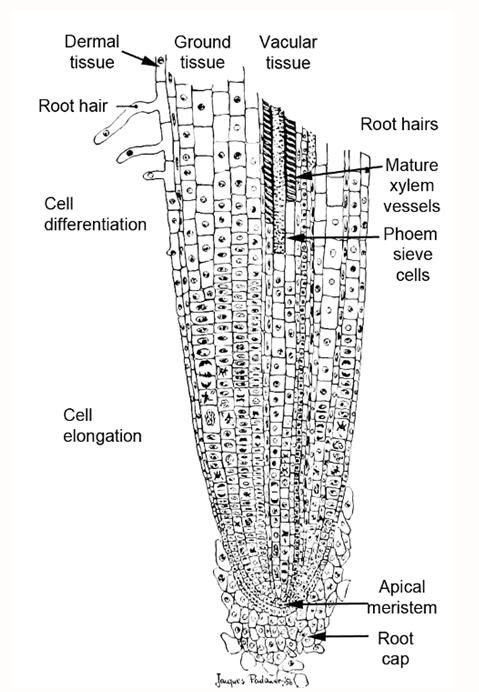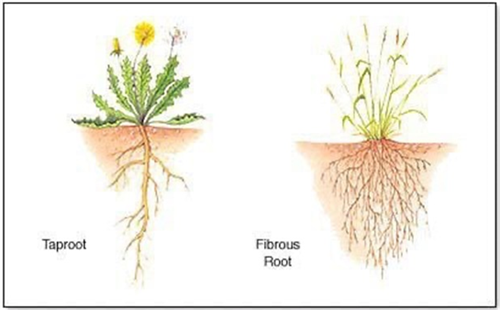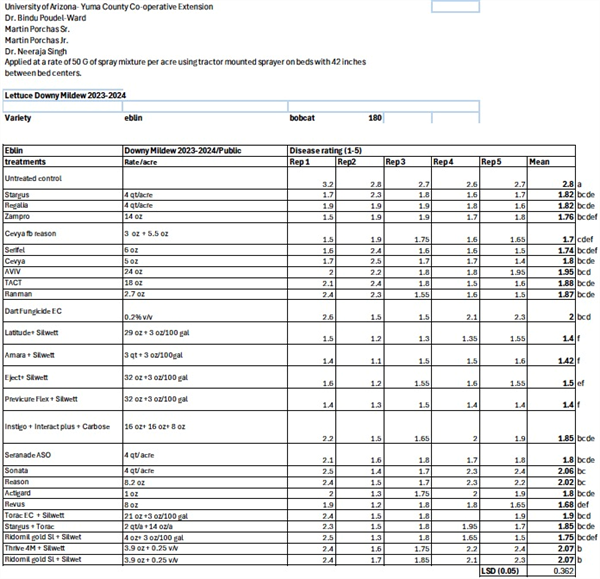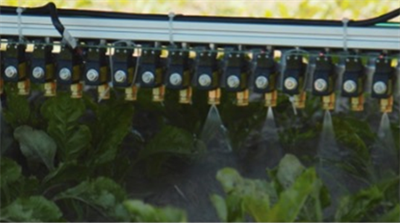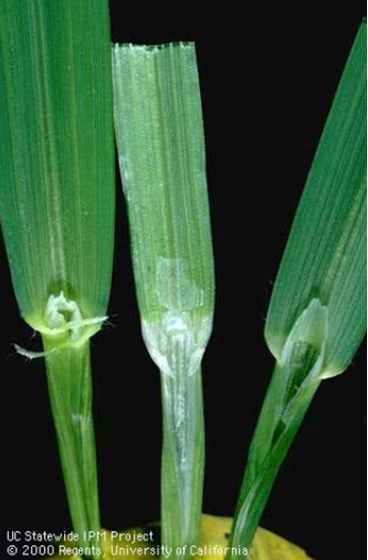-
Feb 19, 2014Aphid Control in Desert LettuceAphid Control: We mentioned in our previous update that foxglove aphid was beginning to colonize lettuce in the Yuma Valley. In the past two weeks aphid activity, and particularly foxglove aphid, has increased dramatically in our untreated control lettuce plots here at the Yuma Ag Center. Keep in mind, foxglove aphids can be difficult to locate in fields due to their patchy distribution. It is not unusual to sample dozens of plants and find nothing and then find 2-3 plants heavily colonized with foxglove aphids. Green peach aphid is generally more uniformly distributed among plants. They are also still prevalent in our lettuce, albeit not at the same densities as foxglove aphids. We’re also finding green peach aphid and cabbage aphid beginning to rapidly colonize young cabbage plants. Because all these aphid species are inherently different in their susceptibility to insecticides, the proper choice of product is important for achieving adequate control. For more information on insecticide alternatives for the various aphid species please view our Aphid Control Chart-2014.
Cabbage looper: Our pheromone trap captures of cabbage looper moths the past 2 weeks have been unusually high for this time of the year (see Areawide Trapping Network). This is largely due to the above average temperatures we’ve been experiencing in the desert. In addition, corn earworm trap catches remain consistent from our last update, particularly in the Wellton/Dome Valley area. These increases in moth activity may indicate potential increases in egg laying and larval infestation in your later produce fields. It would be well advised to pay careful attention for fresh feeding signs and small larvae when scouting for aphids/thrips. Addition of a pyrethroid to aphid and thrips sprays can help with looper and earworm control.
Mystery Lepidopterous Larvae Identified: In out last update we mentioned that an unidentified lepidopterous larvae has been found burrowing into the roots of young romaine plants in the Yuma Valley. Because of the unusual coloration and patterns on the larvae, as well as the root boring behavior, we were uncertain of its identity. After rearing the larva to a moth, we were able to identify the Lep species. With the assistance of Ian Watkinson, we have identified the species as a beet armyworm, Spodoptera exigua (see Mystery Larvae Identified). This was surprising given the odd markings and coloration. In fact many (including myself) speculated that it might be a cutworm. But beet armyworm larvae are known to vary in color based on temperature and food source among other things. Why these larvae were boring into the lettuce roots is more confusing. In 24 years of working with beet armyworms in lettuce, I’ve never seen this occur. However, Peter Ellsworth noted that he has occasionally seen them bore into cotton terminals. You learn something new every day. To contact John Palumbo go to: jpalumbo@ag.Arizona.edu
To contact John Palumbo go to: jpalumbo@ag.Arizona.edu



